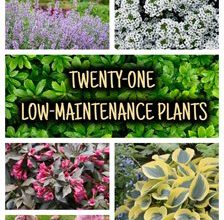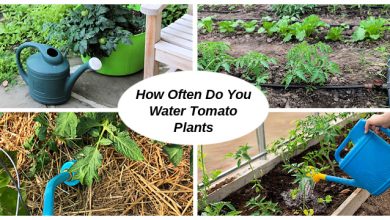Pests and Diseases of Geraniums: [Detection, Causes and Solutions]
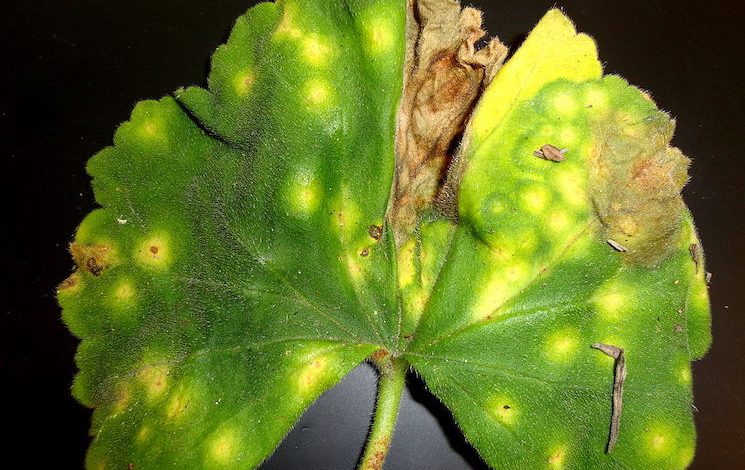
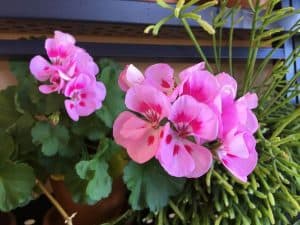 To have a beautiful garden you need to have the best ornamental plants that exist and, in that area, geraniums stand out as favorites.
To have a beautiful garden you need to have the best ornamental plants that exist and, in that area, geraniums stand out as favorites.
The number of species, added to the fact that they can be found in an infinity of varied colors, give it elegance and high value.
It is also necessary to point out that geraniums can be planted both in pots and directly in the garden , serving us even more.
Of course, the care we have for it must be administered with a lot of love, especially when dealing with pests and diseases of geraniums.
Rust
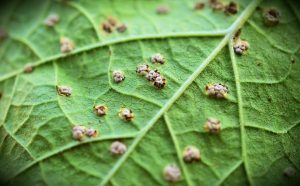 It is a disease that has the property of manifesting itself due to the action of a fungus and that mainly attacks the leaves of the plant.
It is a disease that has the property of manifesting itself due to the action of a fungus and that mainly attacks the leaves of the plant.
In these, a series of brown pustules develop that look bulging because inside them is the mycelium of the fungus.
Its appearance occurs in environments that are full of humidity, so it is important to control this aspect, especially if the geraniums are in pots.Although the main action is on the leaves, it also has the ability to drastically affect flowering.
Ultimately, if left untreated, the leaves may dry out, affecting the overall health of the plant.If so, there will be no choice but to burn those damages to prevent the fungus from moving to other plants.
The treatment, placed quickly as soon as the first symptoms are detected, will consist of applying copper -based products such as Bordeaux mixture .
Mealybugs
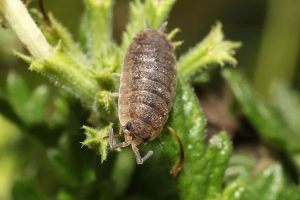 It is a common pest in many crops, both ornamental such as geraniums, such as fruit trees and vegetables.In this case, the species that most often affects is the cottony mealybug.
It is a common pest in many crops, both ornamental such as geraniums, such as fruit trees and vegetables.In this case, the species that most often affects is the cottony mealybug.
This is white and has a shell covered with a kind of white fluff , hence the name cottony.
They cause damage to plants by extracting the sap that runs through their structure , their action being located mainly in the youngest stems and nerves. All this has the consequence that the plant loses its healthy appearance and weakens, becoming prone to other damages, especially due to the production of molasses.
A very important fact is that dealing with cochineal is not an easy task after they are consolidated adults, due to the armor that protects them.Therefore, it is necessary to attend to the first signs that something is wrong and use appropriate organic products to deal with them.
bad foot
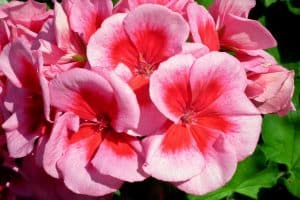 Foot pain is a disease that occurs due to the action of a fungus that lives in the ground.
Foot pain is a disease that occurs due to the action of a fungus that lives in the ground.
It is usually activated in conditions of very high humidity, for example when excessive irrigation is carried out that leads to waterlogging.
The attack is made directly to the neck of the plant , generating a rot that affects the entire structure.As the effects progress, the disease rises towards the aerial parts of the plant.
However, the determining symptom is noted at ground level, where a black powder is evident from the fungus that later turns white.It is one of the most worrying diseases when it attacks because there is no cure and the only solution is to kill the plant.
Red spider
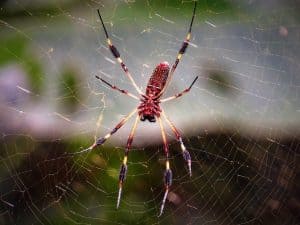 They are insects with the same physical structure as a spider but whose size is barely half a centimeter.
They are insects with the same physical structure as a spider but whose size is barely half a centimeter.
Its location is on the leaves, but not on the front but on the underside , where they are not easily located, unless a magnifying glass is used.
They have a suction device where they have their mouths and, through it, they are responsible for sucking the sap from plants , causing them small wounds.
These wounds fade as they appear or turn yellow, which will give us the first signs that something is wrong.They also have the property of producing cobwebs , as in the case of common spiders, which can be seen on the underside of the leaves.
Its appearance responds to the increase in environmental temperature in conjunction with high humidity.To treat them, it is necessary to apply acaricide products and it is better if these are used as soon as the attack begins.
anthracnose
 Anthracnose is another of the diseases that arise due to the attack of a fungus and that develops in many plant species.
Anthracnose is another of the diseases that arise due to the attack of a fungus and that develops in many plant species.
Its effects generate spots on the surface of the leaves , which can be brown or apparently black and that grow as time passes.
Even a version of anthracnose can be noticed with brown spots and black dots on the inner area.
The good news is that there are fungicidal action products that are specific for this disease.In this way, you have the opportunity to repair the damage in case corrective actions are taken at the time the symptoms start.
aphids
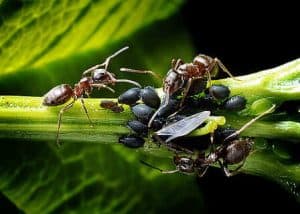 They are pests that attack geraniums very frequently since they are found naturally in many gardens.
They are pests that attack geraniums very frequently since they are found naturally in many gardens.
There are different types depending on the species in question, but in most cases their size is around 3 mm in length.
It will be possible to recognize their action on plants because they are dedicated to attacking the youngest parts of them .The attack is by bites that they exert on the structure to extract the internal sap.
One of the most characteristic symptoms has to do with the presence of a sticky and sweet substance that they secrete, known as molasses.This is attractive to ants, for example, but it also causes new leaves to curl.
In addition to that, it is possible that the fungus that produces the disease known as bold settles on the molasses, multiplying the negative effects.The attack is preventable and correctable by using specific insecticides such as neem oil or horsetail extract.
Putting preventive and corrective measures into action (in time) will help us to ensure that our geraniums are always in excellent condition.

![Photo of How to Plant a Weeping Willow: [Complete Guide + Images]](https://www.complete-gardening.com/wp-content/uploads/2021/06/sauce_lloron_1562928917-390x220.jpg)

